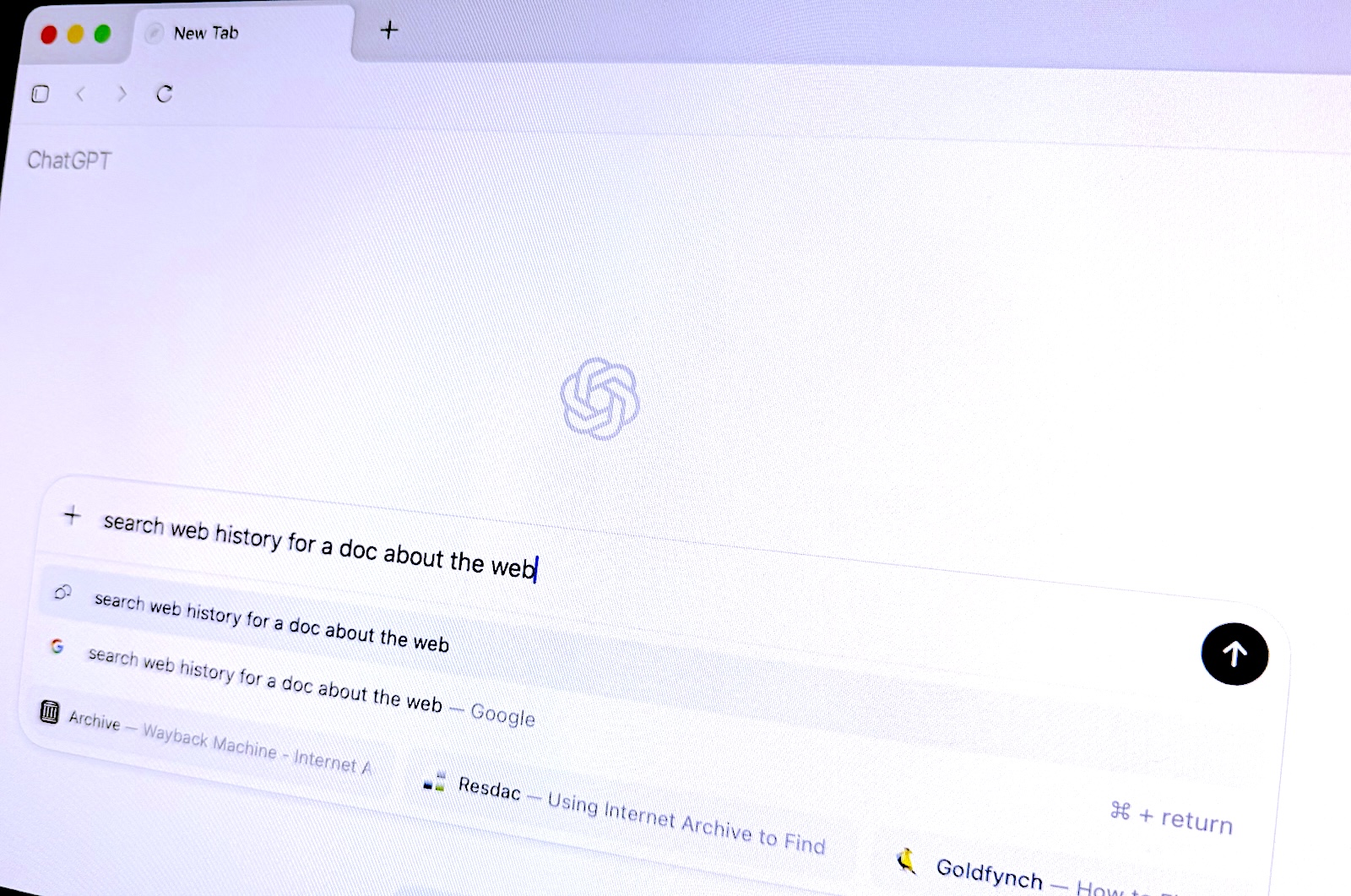A/B testing has been the gold standard for optimizing user interfaces for decades. We split our users into groups, show them different versions of our interfaces, measure conversion rates, and pick the winner. But what if I told you that this entire paradigm is about to become obsolete?
In my previous post about AI-generated UIs, I explored how AI systems can dynamically create interface components on demand on conversational UIs. Today, I want to push that concept further and examine how this technology could fundamentally transform frontend development by making every user interface personalized, adaptive, and optimized in real-time.
The Limitations of Traditional A/B Testing
Before we dive into the future, let’s acknowledge the inherent limitations of current A/B testing approaches:
1. Statistical Significance Requirements
Traditional A/B tests require large sample sizes to achieve statistical significance. This means:
- Small improvements are often undetectable
- Tests must run for weeks or months
- Many potential optimizations never get tested due to resource constraints
- Results may not apply to edge cases or minority user groups
2. One-Size-Fits-All Solutions
A/B testing finds the best solution for the average user, but:
- Individual user preferences vary dramatically
- Accessibility needs differ significantly between users
- Cultural and linguistic differences affect UI preferences
- Device capabilities and contexts create different optimal experiences
3. Static Nature
Once an A/B test concludes and a winner is chosen:
- The interface remains static until the next test cycle
- User behavior changes over time aren’t accounted for
- Seasonal or contextual variations are ignored
- New user segments may have different optimal experiences
4. Limited Test Scope
Resource constraints mean:
- Only a few variations can be tested simultaneously
- Complex multi-variate testing becomes exponentially expensive
- Minor UI tweaks often don’t justify the testing overhead
- Innovation is limited to incremental improvements
Enter AI-Generated, Per-User Interfaces
Imagine a world where every user gets a uniquely optimized interface generated specifically for them, in real-time, based on their behavior, preferences, accessibility needs, and context. This isn’t science fiction—it’s the logical evolution of the AI-generated UI technology I demonstrated in my previous post.
Real-Time Personalization at Scale
Instead of testing Interface A vs Interface B with thousands of users, AI can generate Interface_User1, Interface_User2, Interface_User3… each optimized for that specific individual. The system learns from:
- Behavioral patterns: How the user navigates, clicks, scrolls, and interacts
- Accessibility needs: Screen reader usage, motor limitations, visual impairments
- Device context: Screen size, input method, network speed, battery level
- Temporal patterns: Time of day, day of week, seasonal preferences
- Task context: What the user is trying to accomplish right now
- Historical performance: What has worked well for similar users
Accessibility Becomes Effortless
One of the most exciting implications is how this transforms accessibility. Instead of designing for the “average” user and then retrofitting accessibility features, AI can generate interfaces that are inherently accessible for each user’s specific needs:
For a user with low vision and motor limitations, the AI might generate:
- Larger fonts and higher contrast automatically
- Bigger touch targets for easier interaction
- Voice-first navigation options
- Simplified layouts with reduced cognitive load
- Custom color schemes based on their specific visual needs
Meanwhile, a power user on a desktop might get:
- Dense information layouts
- Keyboard shortcuts prominently displayed
- Advanced filtering and sorting options
- Multi-panel interfaces for efficiency
- Dark mode based on time of day preferences
The Technical Architecture
Implementing per-user AI-generated interfaces requires a sophisticated technical stack:
1. Real-Time User Profiling
2. AI Interface Generation Engine
3. Continuous Learning Loop
Infinite Possibilities Unleashed
When AI can generate interfaces per-user, on-demand, the possibilities become truly infinite:
1. Dynamic Complexity Adaptation
- Novice users get simplified, guided interfaces
- Expert users get powerful, dense interfaces
- The same user gets different complexity levels based on their current cognitive load
2. Contextual Interface Morphing
- Shopping interfaces that adapt to browsing vs. purchasing intent
- Work applications that change based on stress levels and deadlines
- Entertainment platforms that adjust based on mood and available time
3. Predictive Interface Generation
- Interfaces that anticipate user needs before they’re expressed
- Pre-loaded components for likely next actions
- Proactive accessibility adjustments based on environmental factors
4. Cultural and Linguistic Adaptation
- Not just translation, but cultural UI pattern adaptation
- Reading direction adjustments (LTR vs RTL)
- Color symbolism and cultural preferences
- Local interaction patterns and expectations
5. Temporal Optimization
- Morning interfaces optimized for quick information consumption
- Evening interfaces optimized for relaxed browsing
- Deadline-driven interfaces that prioritize efficiency
- Weekend interfaces that emphasize exploration
The Frontend Revolution
This shift represents a fundamental transformation in how we approach frontend development:
From Static to Dynamic
Instead of building fixed interfaces, frontend developers will:
- Design component systems and design tokens
- Create AI prompting strategies for interface generation
- Build real-time rendering engines for AI-generated specs
- Develop sophisticated user profiling systems
From Designer-Driven to AI-Assisted
The role of designers evolves to:
- Creating design principles and constraints for AI systems
- Training AI models on good design practices
- Defining accessibility and usability standards
- Curating and refining AI-generated designs
From Testing to Learning
Instead of A/B testing, we get:
- Continuous, real-time optimization for every user
- Immediate feedback loops and adaptation
- Personalized success metrics
- Infinite experimentation without user segmentation
Challenges and Considerations
This future isn’t without challenges:
1. Privacy and Data Protection
- Extensive user profiling raises privacy concerns
- Need for transparent data usage policies
- Balancing personalization with user privacy
- Secure storage and processing of behavioral data
2. Computational Complexity
- Real-time interface generation is computationally expensive
- Need for efficient AI models and caching strategies
- Edge computing requirements for low-latency generation
- Fallback strategies for when AI generation fails
3. Quality Assurance
- How do you test infinite interface variations?
- Ensuring accessibility compliance across generated interfaces
- Preventing AI from generating harmful or biased interfaces
- Maintaining brand consistency across personalized experiences
4. User Agency and Control
- Users should be able to understand and control their personalized experience
- Need for transparency in how interfaces are generated
- Options to override AI decisions
- Preventing filter bubbles and echo chambers
Implementation Roadmap
The following is a purely theoretical roadmap that organizations could potentially follow when exploring AI-generated interfaces. Note that this is speculative and would need to be adapted to real-world constraints:
Phase 1: Enhanced Personalization
- Implement basic user profiling and preference detection
- Create simple AI-driven layout adjustments
- A/B test AI-generated variations against static designs
- Build the technical infrastructure for real-time interface generation
Phase 2: Accessibility-First Generation
- Focus on generating accessible interfaces based on user needs
- Implement real-time accessibility adaptations
- Create comprehensive accessibility profiling systems
- Validate improvements in accessibility metrics
Phase 3: Full Personalization
- Deploy complete per-user interface generation
- Implement continuous learning and optimization
- Phase out traditional A/B testing in favor of individual optimization
- Scale to handle the computational demands of real-time generation
Phase 4: Predictive and Contextual
- Add predictive interface generation based on user intent
- Implement contextual adaptations (time, location, device, mood)
- Create cross-platform consistency for personalized experiences
- Develop advanced AI models for complex interface generation
The End of One-Size-Fits-All
We’re approaching a future where the concept of “the best interface” becomes meaningless. Instead, we’ll have “the best interface for this specific user, at this specific moment, for this specific task.”
This represents more than just an evolution in frontend development—it’s a fundamental shift toward truly user-centered design. Instead of forcing users to adapt to our interfaces, our interfaces will adapt to each user.
The implications extend far beyond just better conversion rates or user satisfaction scores. We’re talking about:
- True digital accessibility where every interface is inherently accessible
- Cognitive load optimization where interfaces match users’ mental models
- Cultural sensitivity where interfaces respect and adapt to cultural differences
- Contextual appropriateness where interfaces match the user’s current situation and needs
Conclusion
The end of A/B testing doesn’t mean the end of optimization; it means the beginning of infinite optimization. When AI can generate personalized interfaces for every user, we move from finding the best average solution to creating the best individual solution for each person.
This transformation will require new skills, new tools, and new ways of thinking about frontend development. But the potential benefits—truly accessible, personalized, and optimized experiences for every user—make this one of the most exciting developments in the history of human-computer interaction.
The frontend is changing, and those who embrace AI-generated, personalized interfaces will create experiences that feel almost magical to their users. The question isn’t whether this future will arrive, but how quickly we can build it.
This article was proofread and edited with AI assistance.
.png)



